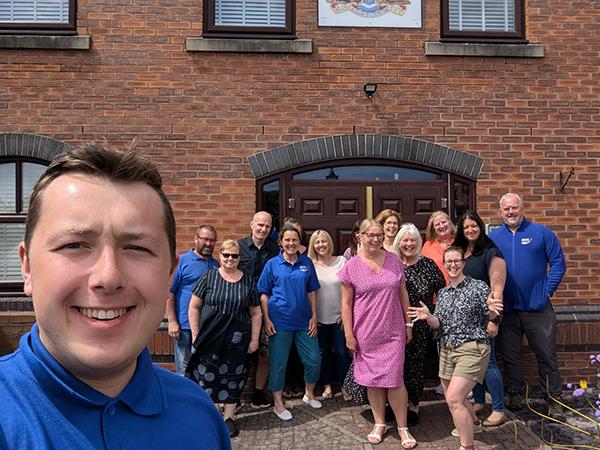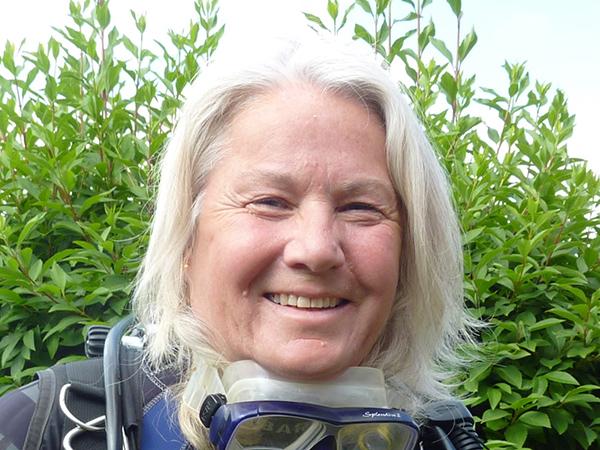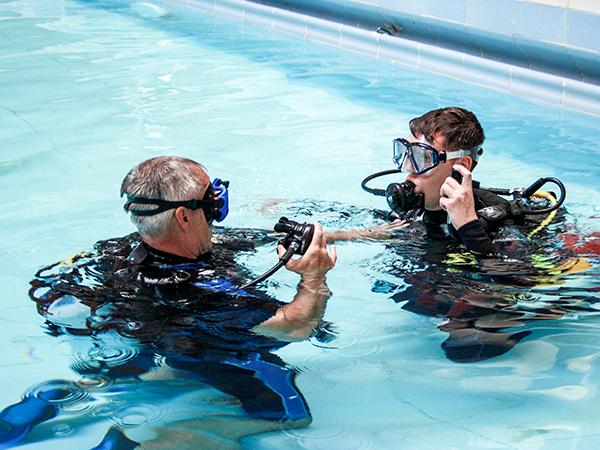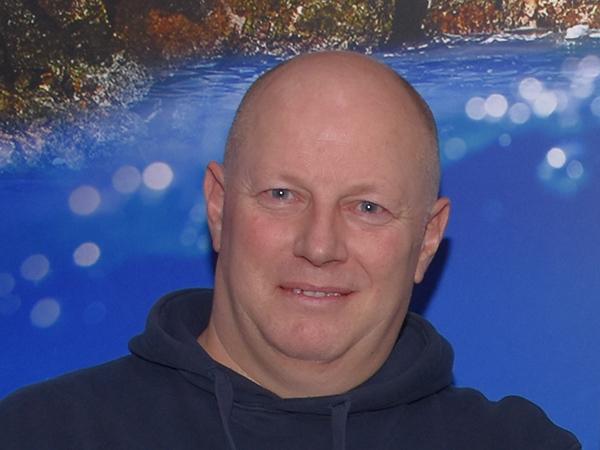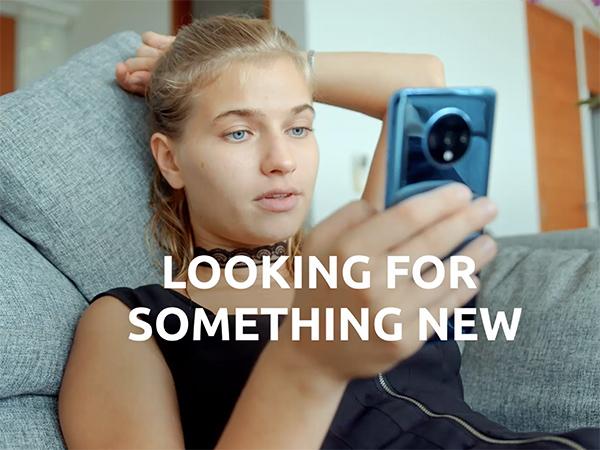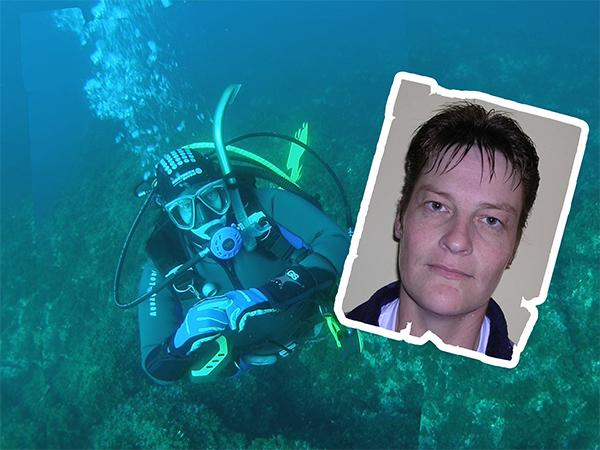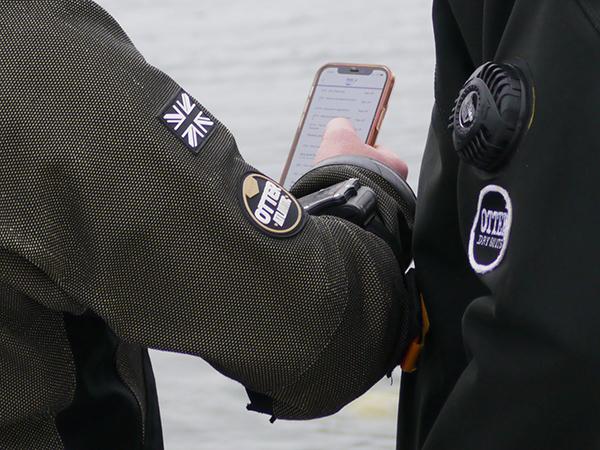LGBTQ+ stands for lesbian, gay, bisexual, transgender, queer, plus other sexual orientations and gender identities.
There are many ways you may see this written, but the most common are currently LGBTQ+ or LGBTQIAP+.
The Government estimates 3.9 million people or 6% of the population identify as lesbian, gay or bi in the UK. It is estimated that 650,000 people, or 1% of the population, identify as trans in Great Britain. However, it is likely that the true numbers are far greater than this, as many are not yet comfortable being open about their sexuality and gender identity.
For those who have had very little interaction with the community, you may not know what a lot of these sexual orientations and gender identities are or mean, so let's try to help you understand.
With all of these terms, you should never assume someone's sexual orientation or gender identity. Please do not refer to people using these words unless they have told you how they identify and they have given you permission.
Sexual orientation
Sexual orientation is a person's sexual attraction to another person. It can also be emotional and/or romantic attraction, though, for some people, this differs from their sexual attraction.
Lesbian and gay
Lesbians and gay people are sexually attracted to people of their own gender. While lesbians are usually women who are sexually attracted to other women, the term gay is often used by men, women and non-binary people who are attracted to their own gender.
The term gay, much like the term queer, can also be used as a generic term for people within the LGBTQIAP+ community. However, this is an identity that they will tell you they identify as, please do not refer to people as gay or queer unless they have told you that you can.
Bisexual and pansexual
Bisexual (bi) and pansexual (pan) are sexual orientations of multiple gender attraction (MGA). Both of these refer to people who are sexually attracted to more than one gender.
The differences between bisexuality and pansexuality is usually a personal identity preference, but bisexuality is usually defined as "attraction to more than one gender", while pansexuality is "attraction regardless of gender".
Asexual
Asexual (ace) is not feeling sexual attraction for any gender. People who identify as ace can still experience romantic and emotional attraction. This is often referred to as a spectrum.
Gender identities
The term gender identity refers to the internal sense of our gender, which may differ from sex we were assigned at birth.
Pronouns are words we use to refer to people’s gender in conversation. For example, ‘he’ or ‘she’. Some people prefer gender-neutral language like they/their or alternatively ze/zir.
Asking someone which pronouns they prefer helps you avoid making assumptions and potentially getting it wrong. It also gives the person the opportunity to tell you what they prefer. If you make a mistake, apologise, correct yourself and move on.
Non-binary
A non-binary (NB or enby) person feels that their gender identity does not fit into the gender binary of male and female. They usually prefer using gender-neutral pronouns, but you should always ask.
Transgender
A transgender (trans) person feels that their gender is not the same as or does not sit comfortably with the sex they were assigned at birth.
A trans woman describes someone who was assigned male at birth but whose gender identity is female. Their pronouns would usually be she/her unless they inform you otherwise.
A trans man describes someone who was assigned female at birth but whose gender identity is male. Their pronouns would usually be he/him unless they inform you otherwise.
Is there a term you still don't understand?
Stonewall has a glossary of terms available on their website to help you better understand words and phrases used within the LGBTQ+ community.


